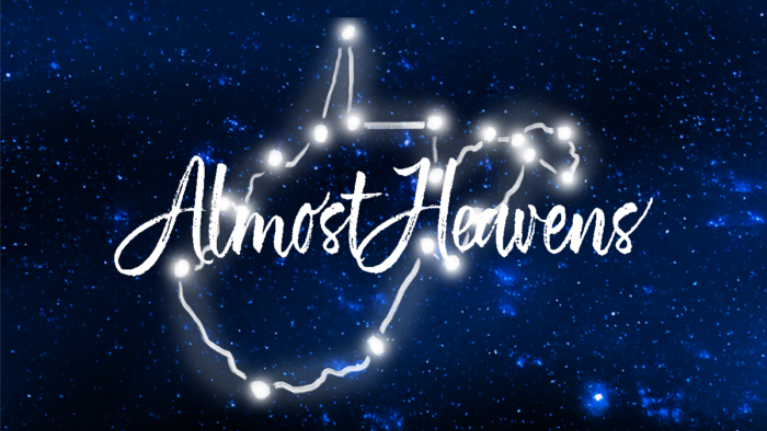Mental Health Crisis Response And Mountain Valley Pipeline, Inside Appalachia
This week, people with mental health challenges or substance use disorder often end up in jail. But crisis response teams offer another way. Also, one year after the Mountain Valley Pipeline went into service, people who live directly in the pipeline’s path have received compensation. But not everyone. And, the Sacred Harp songbook gets an update for the first time since the early 1990s.
Continue Reading Take Me to More News




















